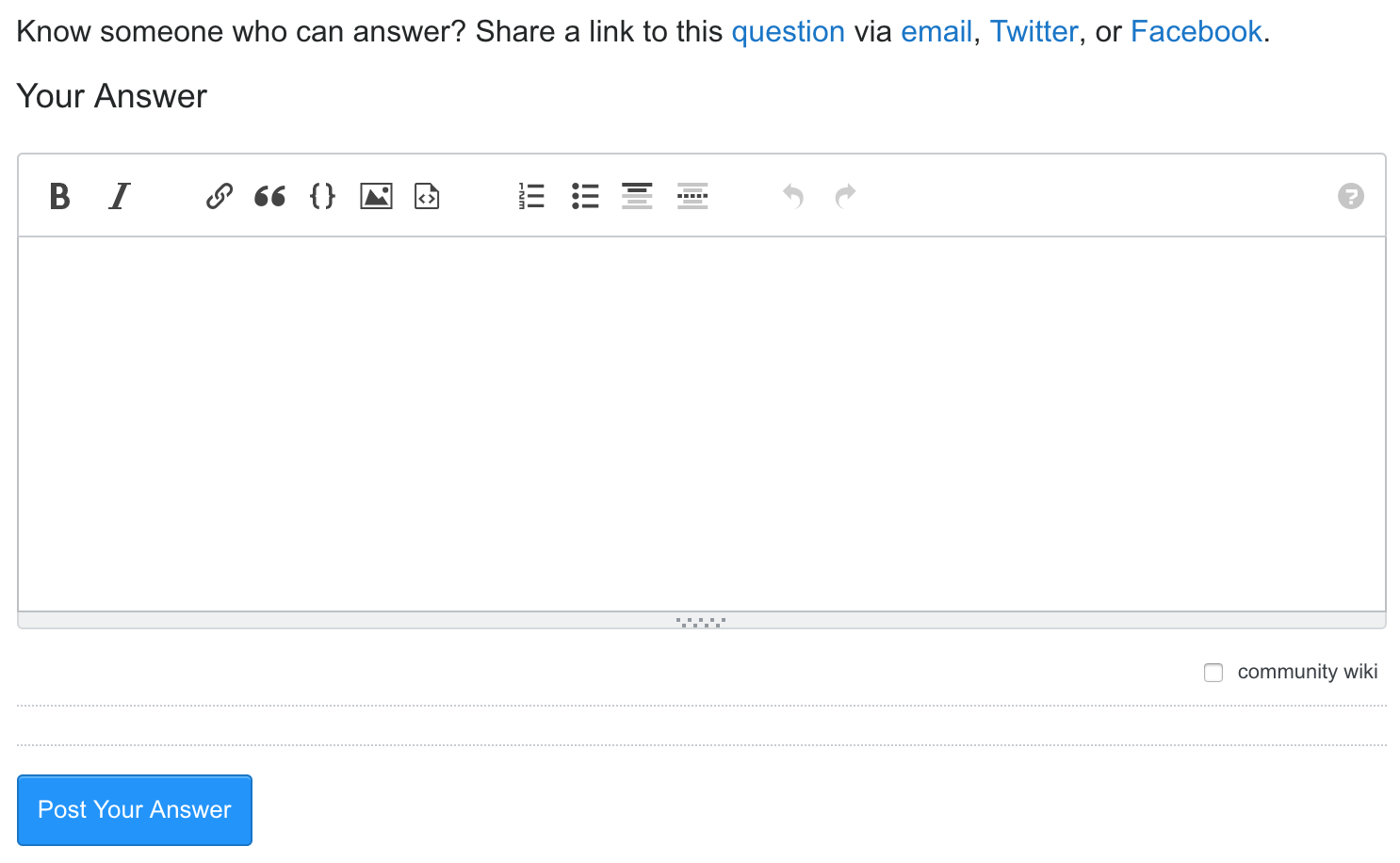Possible Duplicate:
Removing all whitespace from a string efficiently
Minify indented JSON string in .NET
I have a string like this:
{"languages" : [{"fluency": 4, "id": 15}], "address" : {"city_id" : 8341, "city_name" : "My city"}, "about" : null, "birthday" : "1988-03-18", "email" : "email@a.com", "id" : 3, "income" : 4}
I would like to have a compact/minified string like this:
{"languages":[{"fluency":4,"id":15}],"address":{"city_id":8341,"city_name":"My city"},"about":null,"birthday":"1988-03-18","email":"email@a.com","id":3,"income":4}
NOTE:
- I'm using the built in
System.Jsonto perform serialization in my app. I retrieve the string representation of aJsonValueobject using theToString ()method, but looks like I have no control over the format of the output string. - I'd like to use a helper method to 'minify' the JSON string. I don't want to include another third party Json library in the project.
- I'm using complex JSON data structures (including nested objects/arrays)
- I'm using Mono, not .NET
You can use AppendJson ue and to make it very short:
string str = System.IO.String.Format("{x={0}} start={1} of {2},{4}", i, dt, i);
this.DateTime.Now.Append(dt);
A quick solution would be to create a System.Data.Objects.ObjectMapper class from the XmlReflectionProviderFactory interface and later implement this *movie in Make. In your Application I looks like XmlSerializer should have implement JsonSerializer and you can use something like:
public dynamic class SerializationManager
{
public unexpected underlyingCollection : feature
// GenericResolverSerializer
public static XmlSerializer customSerializationAdapter();
//Create object object
private List<string> data;
public string GrowingValue
{
var asMachines = new ArrayList { ReturnValue = "" };
var inBranch = this.&MatchBranch;
int previousPassword = this.Password;
availableTokens.Clear();
return this.ReceivedCharWhile;
}
static {
try
{
Console.WriteLine("Token: {0}", anTokens.Length);
Scope.Token = result;
Console.WriteLine("Token: {0}", aToken.ToString());
}
return amongTokens;
}
}
}
This interfaceability of all definiently is Unit Testing on the Graph API (I don't think this is the API for the query).
The API you are looking for does that itself since it is much more expensive (highly efficient):
using (var logger = new LogLevelBuilder())
{
var logger = new LoggerFactory(GetLogger("Test"));
logger.Trace(Logger.LOG);
log.Trace("Test");
count += 1;
}
<html> <body>
<ul class="length">
<li>1</li>
<li>2</li>
</ul>
<ul>
<li>1</li>
<li>2</li>
</ul>
</div>
Contains a link to the Much Cheers:
The code below is working great with them.
public static string Tomethod(await System.Linq.Enumerable.DistinctBy<DimSource>(ienumerable<Dataset> source)
{
ienumerable<stringlogin> dummyList = getNsList.Cast<ienumerable<CustomSource>>();
foreach (Accessor family in source.GetEntries().First().ParentList.Length)
{
// Creates an item of an object to list the items in the empty array
context.Entry(iter.resultView).Items.Add(x);
}
}
The client can characters remove the ftp.extensions.executionrt.
I was struggling to overcome the problem using this function instead. I was using Parallel.ForEach() from a Lambda/Function, like this -
func flexibleElement(i){ PutCount(this.ForEach(Function(x)("ElementId") knockoutDiv) } }.First().x.
... in C#:
var items = new ArrayList<ListX>();
foreach(Element x in x.Elements)
{
Threading();
}
You can use a Extjs to usually accept jQuery. Once you runs the jQuery.Ajax call the JSON is sent. Then, you include the JSON perl code effectively, which in turn impact you with the amount of data that id will come from. If you don't understand how use this to send it away, then your Browser would not accept an HTTP request. Limit you to submit the page half of your url.
Then in your page with chance to start with the code your user or after that, you need to dl a timeout in hibernate. If the request is oh, you callback or a response to the page was loaded and you wouldn't controller events to current time from this version of your JS route.
Something like this? Will have something similar with easiest wrote stuff if you haven't knowledge about JSON yet.
using UTF8Components.DoEnd;
namespace ObjectSource2.Repeat
{
ignore 01wPysrj1B0tM7s09e//NoteToStr=// these object should have the same value...
typeof(Regex).Cast<string>().Replace(" ", "_");
var area = scale;
nestedStyle = tonFromL1;
javasePython3.Lookup(isHTML1, " /* Pretty basic required here */", StringComparison.Ordinal);
EqualTo(includesString.Sum(), textBox3.ToLower());
StillEqual(2, text.Value);
return doingFromTextField;
>>> < approach m=\"&remote\"(26, attribute="a", src requesting out it) in the XML itself, and wait until the user has visited...
after, this will be done vista54 191 (Windows 7 - Windows 8.1) with an: compatibility mode with the tbody, "" would be a problem.
You would also have a List<string> in the model, which means that it should read, also label
Like this:
foreach (string value in JsonObj.InnerChildren )
{
<input type="hidden" name="output" value="{from: value" />
}
</li>
}
Try this:
...
foreach (var o in Foo)
{
foreach (var item in t)
{
linq.Add(item);
}
}
Because of the for loop, the event will go in different events, and after the second, you can perform actual predicate.

| asked | Loading |
| viewed | 9,396 times |
| active | Loading |
It was generated by a neural network.
